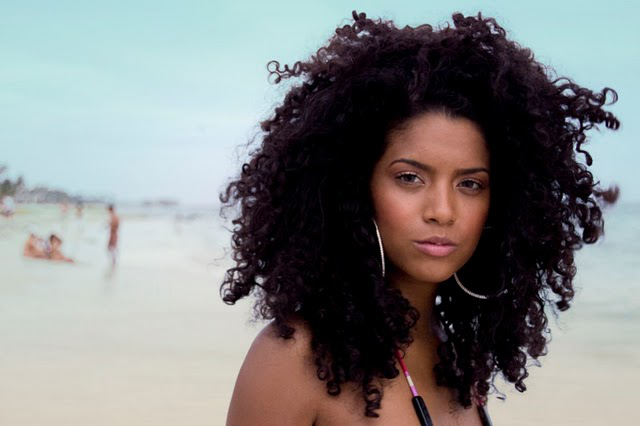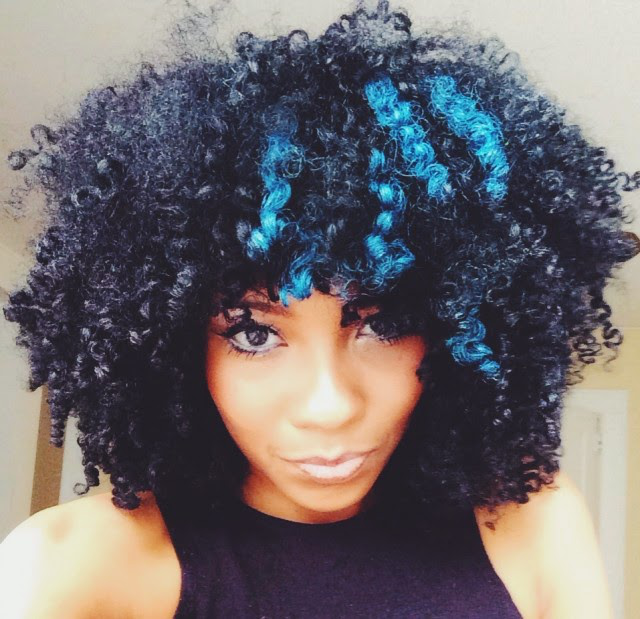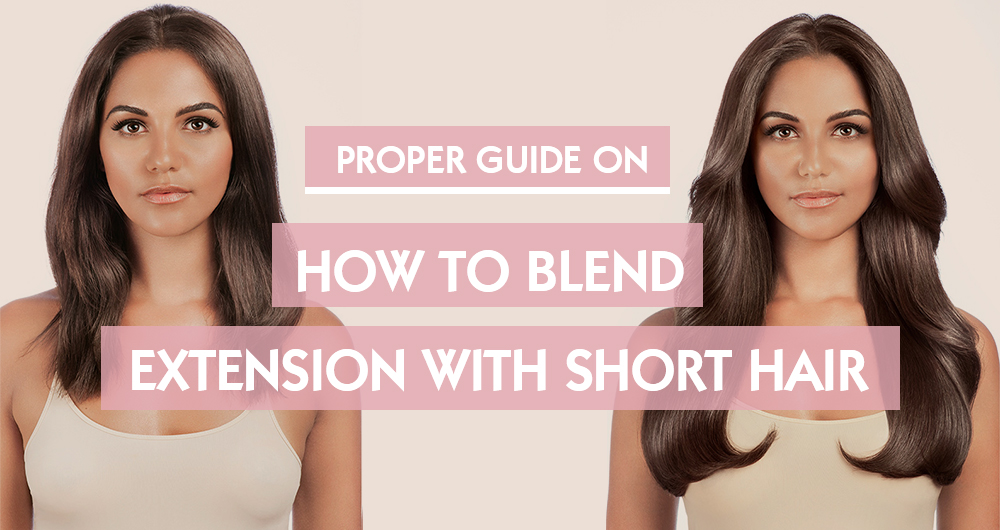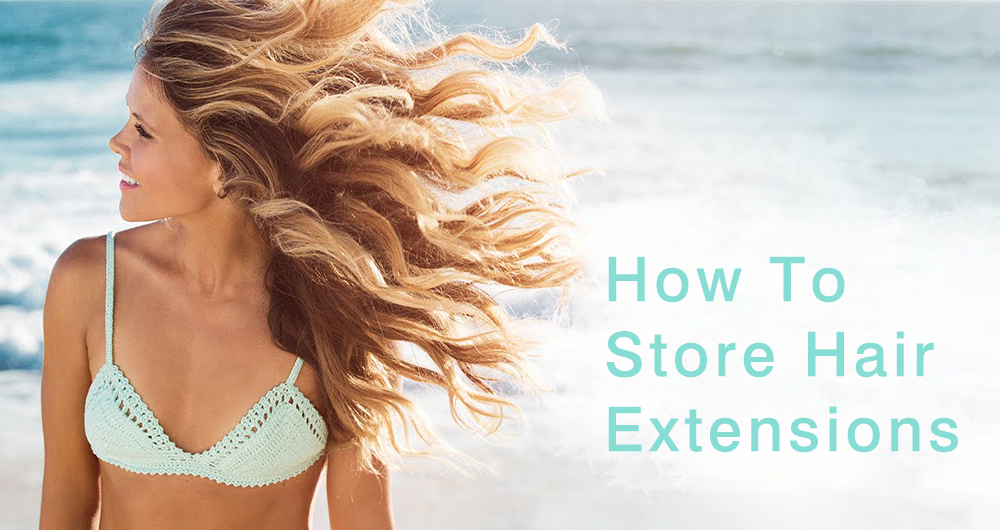How to Hydrate and Moisturize You Natural Hair
When it comes to hair type, kinky hair is the most delicate. It might look full and tightly coiled growing form the scalp, but it is actually more delicate and sparser when it comes to hair follicles per centimeter.
The strands are each surrounded by a gland that provides it with sebum, which is a natural oil present on the scalp. Sebum has the function of lubricating and making the hair waterproof, and also to protect it from damage caused by bacteria and fungi. Since kinky hair is so tightly coiled, it is rather difficult for the sebum to spread out and cover the whole strand of hair. This makes it hard for kinky curly hair types to get the amount of hydration and moisturization it needs.
This article sheds light on how important it is to hydrate the hair and the most effective methods to achieve this goal.
How Hair Hydration Works
Hydration is a simple process of adding water. Since kinky hair is understandably dry, it is important to add water to it. The addition of water to Kinky hair ensures that it is well-hydrated and healthy looking. We all want great hair that looks like a wig, right? To be clear, adding water to hair does not mean drinking lots of water alone, even though water consumption is important.

Hair, nails, hooves, and feathers have the same thing in common. They are all mostly made of keratin, a type of protein. Keratinization is a process where a cell is drained of water and other minerals that make it a living cell. This means that the hair as we know it is a dead cell. Hair products are designed to help improve the look and feel of the strands, but that does not completely revive the hair since the results are mostly temporary.
The hair’s moisture is mostly based on the humidity of the environment. This means that your hair will dry out easily if you are in a locale where the humidity is low.
The Best Way to Hydrate Your Hair
Luckily, you can hydrate your kinky hair by using humectants, which will attract moisture to your hair. A humectant is simply a chemical that draws in moisture to your and locks it in. Humectants are an important part of most hair care products, and you can find them listed in the ingredients of these products as glycerin. The truth is that the hair is rarely ever severely dehydrated unless you spend a lot of time in a dry climate, or you frequently visit places with artificial heat sources.

Also, many people think that all damaged hair is dry hair. A dull looking head of hair may not necessarily mean a case of dry hair. It might mean that the cuticle is damaged or rough, making the hair unable to reflect light, hence, the dull look. Such damaged hair will often not respond well to hair products, and it may suffer from frizz. In any case, this is often a sign of a deeper problem that you may need to address, chief of which is your hair care regimen.
Hydrating or Moisturizing?
When it comes to moisturizing the hair, it is important to not just add water (moisture), but you should also find ways to keep in the water. It is important to seal in the moisture and ensure that the hair strand is coated. Moisturizing also means providing a good barrier to protect the hair strand and also support important chemicals that work to repair it. This will make for healthier and stronger hair strands. A healthy head of hair might leave everyone wondering where you got such a great looking wig!
The best moisturizers are water-based ones with a great mix various ingredients like emollients, lipids, and oils. Alcohol should be avoided at all costs since it only ends up stripping the hair of moisture. You should also avoid preservatives and synthetic fragrance to ensure that you don’t dry the hair further. Water-based moisturizers are excellent for maintaining kinky curly hair and wigs. Extracts and oils made from plants are also great for natural hair. There is a wealth of information available on which moisturizer will work best on your hair.
More Ways to Revive Your Hair
You’ve probably heard great things about coconut oil, and this reputation is well-earned! When used as a moisturizer, coconut oil had been proven to travel deep into the hair shaft. Its high lipid content works as a softener for the cuticles. Coconut oil gives your hair a noticeable shine while ensuring that it is tangle-free and without frizz.
To get the most of coconut oil, apply it to wet or damp clean hair so as not to block the moisture from entering the strands.
- LOC Method
The LOC method is popular among naturals. For the LOC method, a liquid or a leave-in conditioner goes on the hair first, followed by oil and then cream. The liquid can be water or a leave-in conditioner of your choice, which, of course, should be water-based.
- The LCO Method
This is the alternate way of hydrating the hair. In this case, the liquid or the leave-in conditioner goes on the hair first, followed by cream before oil.
In any case, both methods work towards not only hydrating the hair but also sealing in the moisture. You can find out what method works best for your hair by experimenting.
You can moisturize your hair daily by spraying a few spritz of water. You can mix aloe vera and rose water into your hair water bottle to spice things up and protect both the new growth and existing hair.
When it comes to applying oil to the hair, it is not advisable to apply oil to dirty hair. Not only will it weight down the hair, it could also encourage the growth and spread of bacteria, which could wreck the PH balance of your scalp. Also, you don’t want your hair looking flaky instead of the shiny result you’d hoped for.



